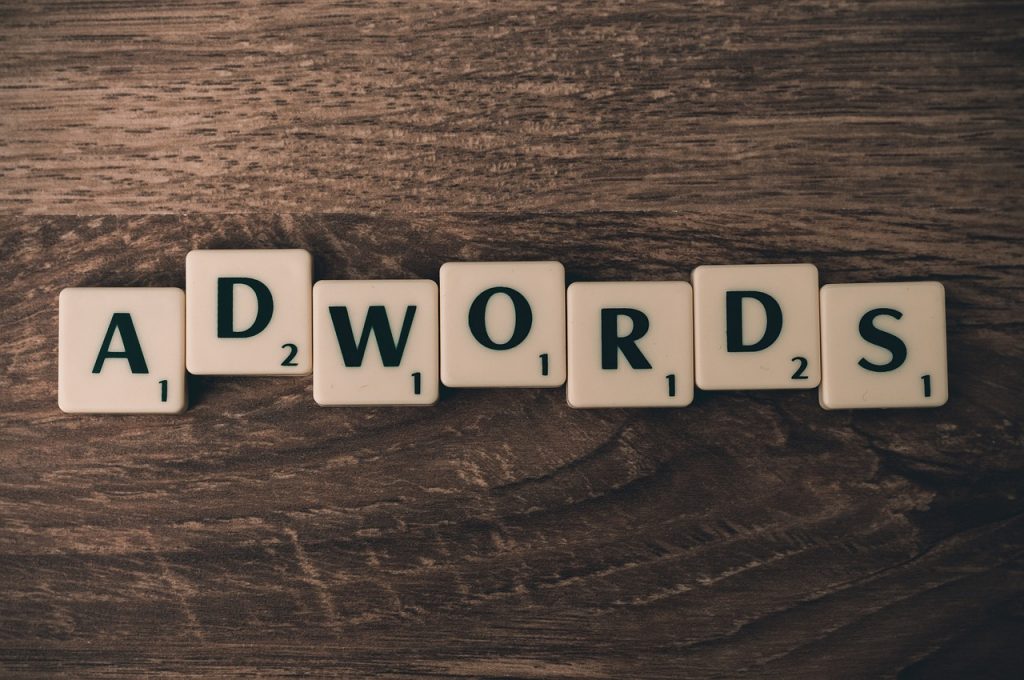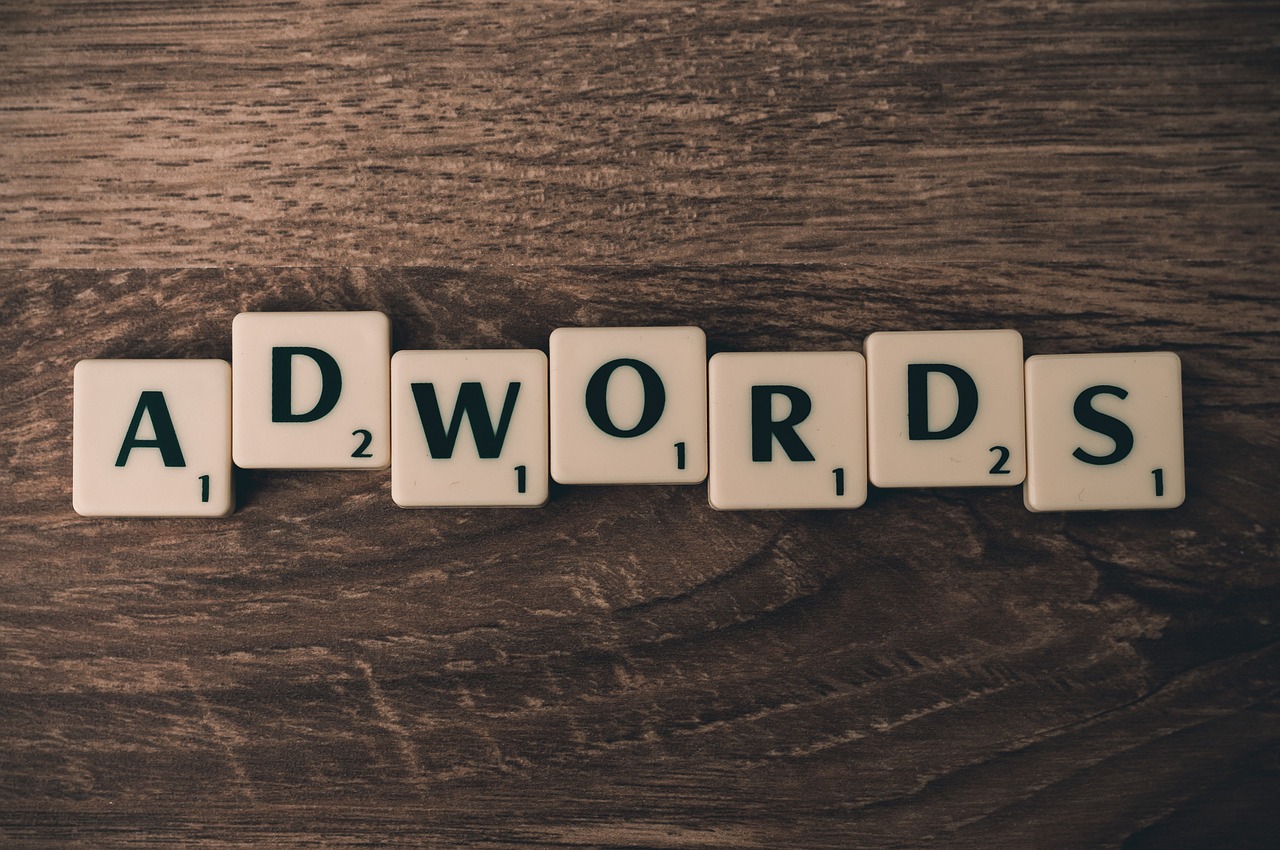 Google Adwords is a great tool for driving targeted traffic to your site, when it is done right. When it is done wrong it can go very wrong and cost you a fortune! And we really do mean it. If your digital marketing affords it, you can pump as much money as you want into Google Adwords and digital marketing without seeing a penny in return.
Google Adwords is a great tool for driving targeted traffic to your site, when it is done right. When it is done wrong it can go very wrong and cost you a fortune! And we really do mean it. If your digital marketing affords it, you can pump as much money as you want into Google Adwords and digital marketing without seeing a penny in return.
In no particular order, here are the top mistakes I’ve seen (and some I’ve made).
8 – Negative Keywords
Negative keywords are negative for a reason, you shouldn’t want your ad showing for terms it is not intended for. Adding negative keywords could end up saving your campaign by restricting on what an ad is NOT to show for.
No matter what type of negative match type, take the time to put a list together.
For example, if you are selling pork chops but don’t want to appear for pork chop recipes, then put it as a negative! Google Adwords made simple! Really think about your keywords and your buyers. Ask around and study what people search for and use that as fuel for your Google Adwords campaign.
7 – Google Adwords Campaign Structure
Many people lump every keyword under the same campaign and Ad group and hope for the best. DON’T DO THIS!
Google Adwords takes time to develop a structure. Think of campaigns as themes and ad groups as subthemes.
6 – Not Testing Ads
This is one of my biggest gripes. Google Adwords needs continuous testing. This testing will help you develop your campaign into the marketing monster it can be. Having just the one ad just won’t cut it!
When making ads for each Ad Group, make sure you have a minimum of 3 ads per Ad Group. Each ad should be similar enough to be able to differentiate what worked and what didn’t.
5 – Changing Too Early
As a matter of great importance, leave them alone! Making changes too soon will not give you the sufficient data to make the right choices. Think about it: how can you know something is underperforming if you keep changing it?
A great way to know if an ad is underperforming against its Ad Group neighbour is to show the ads evenly over time. For example:
Ad A: Impressions 100 – Clicks 10 – CTR 10% – Conversions 3
Ad B: Impressions 100 – Clicks – 2 – CTR 2% – Conversions 0
Looking at this data above, it is clear to see Ad A is the better of the two ads. Look for the differences between the two. Was there a keyword in the heading? Was there a phrase in the copy of ad that A had but B didn’t? Google Adwords (and digital marketing!) works best with constant monitoring.
Be careful not to judge by CTR alone. While an ad might have a low CTR, it might have a great conversion rate.
4 – Homepages
Why oh why does some people send all their traffic to their homepage? If your ad is in relation to carrots then send them to the carrot page. Use landing pages to show-off your carrot skills and encourage them to convert.
Yeah, carrot skills. Roll with it!
3 – Local Advertising
If you are a small local business then try and advertise to your market. There is no point spending a larger budget on advertising to people who will not or cannot use your service.
Using Geographical Targeting will ensure your ads are only shown in areas you choose. If your target market and maximum return might be within 10 miles then advertise to that radius.
2 – Failing To Understand Match Types
One of the biggest potholes for newbies is the match type. Let’s use “tea cup” as an example
Broad: Triggers a wide range of keywords. Basically anything loosely related to either keyword, e.g. “tea plantations”
Modified Broad: This triggers much more targeted traffic. Under this you would put a + before the keyword or if it’s a phrase it is safer to put it before the main terms (+tea +cup). This will show ads with a close variant, misspellings, plurals and the such.
Phrase: Triggers when “tea cup” is part of a phrase, e.g. “big tea cup”
Exact: Triggers when it is exactly the same: “tea cup” = “tea cup”
1 – No Conversion Tracking
Having no conversion tracking means essentially having no idea how good or bad your campaign is performing and you are effectively flying blind. I’m still surprised when I see some accounts which have spent huge sums only to ask how they know if they got sales from Google Adwords.
Conversion tracking is easy to put in place. It is normally a small bit of code that is placed on a specific page, such as a purchase success page. From here you can track what part of your campaign is performing and creating money!
And there you have: a pretty comprehensive guide to Google Adwords and digital marketing! Want to put a Google Adwords campaign in place? Get in touch!


Recent Comments